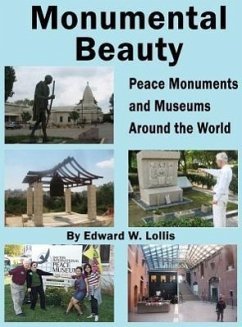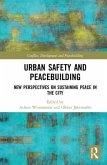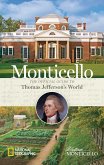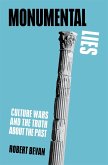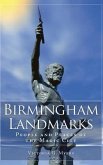These pages are a feast for the eyes. Peruse them quickly or slowly. Either way, you will marvel at the beauty, the creative genius, and the legacies of peace which the constructors of peace monuments and museums have bestowed on us, their heirs. Peace monuments and museums celebrate the end of war and the expectation of peace and prosperity. They express peaceful human aspirations such as justice, tolerance, and reconciliation. They celebrate such achievements as the abolition of slavery, women's suffrage, defeat of tyrannical and murderous regimes, declaration of human rights, respect for conscientious objectors, end of apartheid, non-use of nuclear weapons, racial integration, recognition of international interdependence, reconciliation of divided nations, and struggle for gender equality. Unfortunately, peace monuments and museums are largely underappreciated because they are overwhelmed by the vastly superior number of war monuments and museums everywhere in the world. This is the first book to reveal the beauty, the variety, and the meanings of peace monuments and museums. Arranged chronologically, it shows a selection of 416 peace monuments and museums from 70 countries and from all eras as far back as the Greeks and Romans. Fortunately, more peace monuments and museums are being constructed today than ever before. This creates yet another reason to study the past -- so we can know better how to build our own peace monuments and museums. What peace achievements and events do we want to memorialize? What legacies of peace do we want to bestow on future generations?

